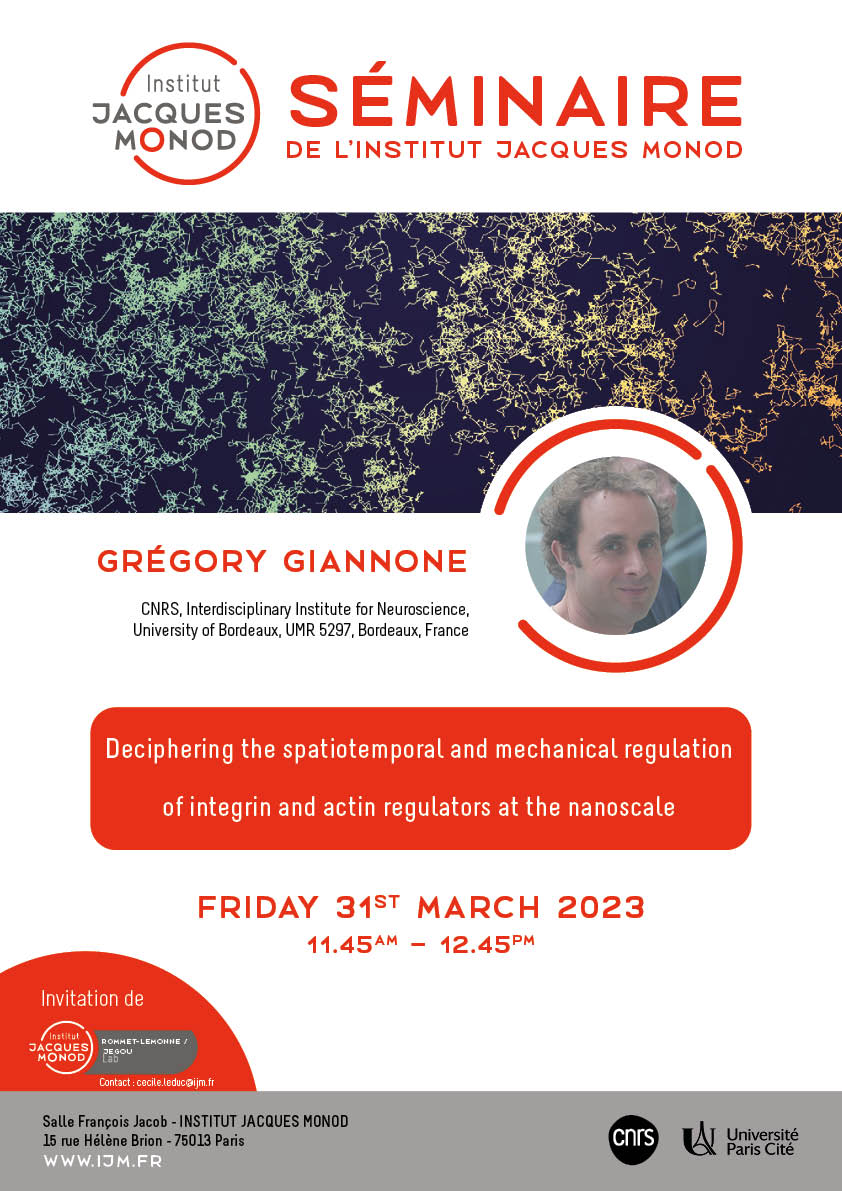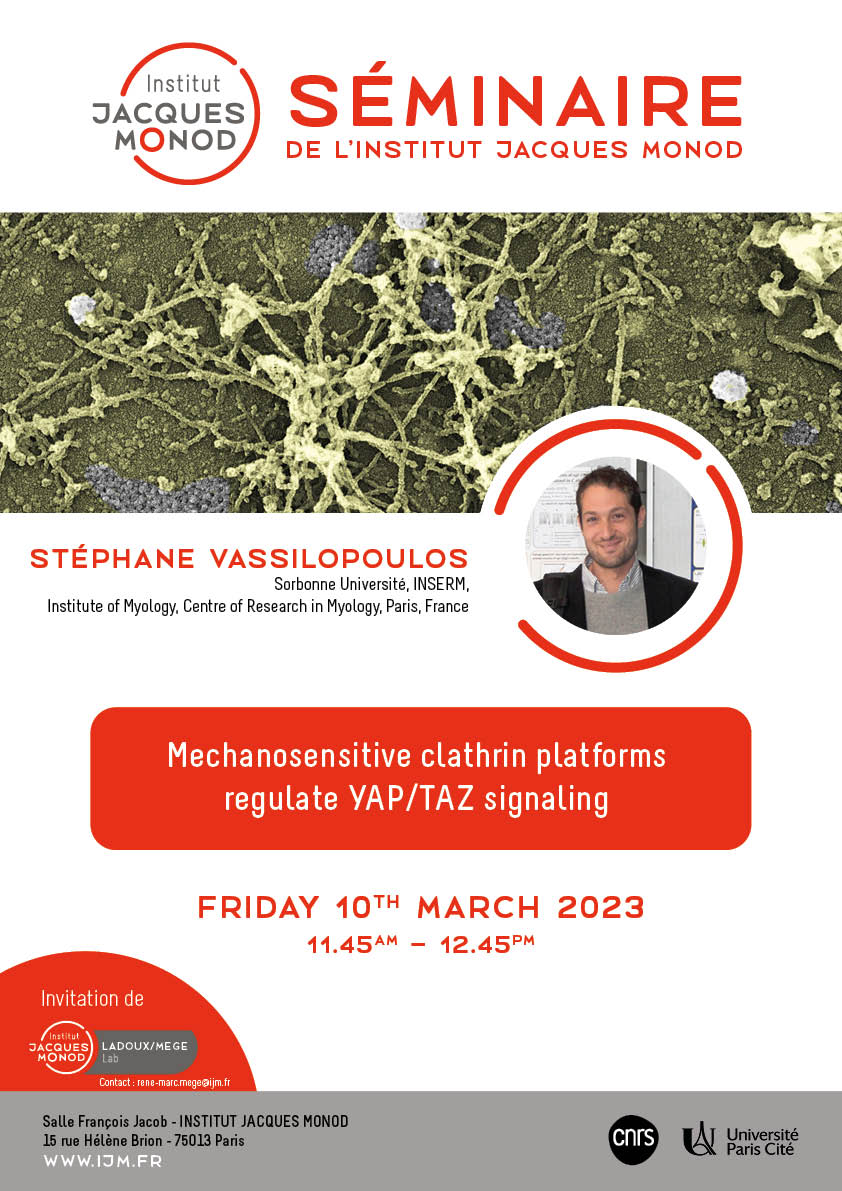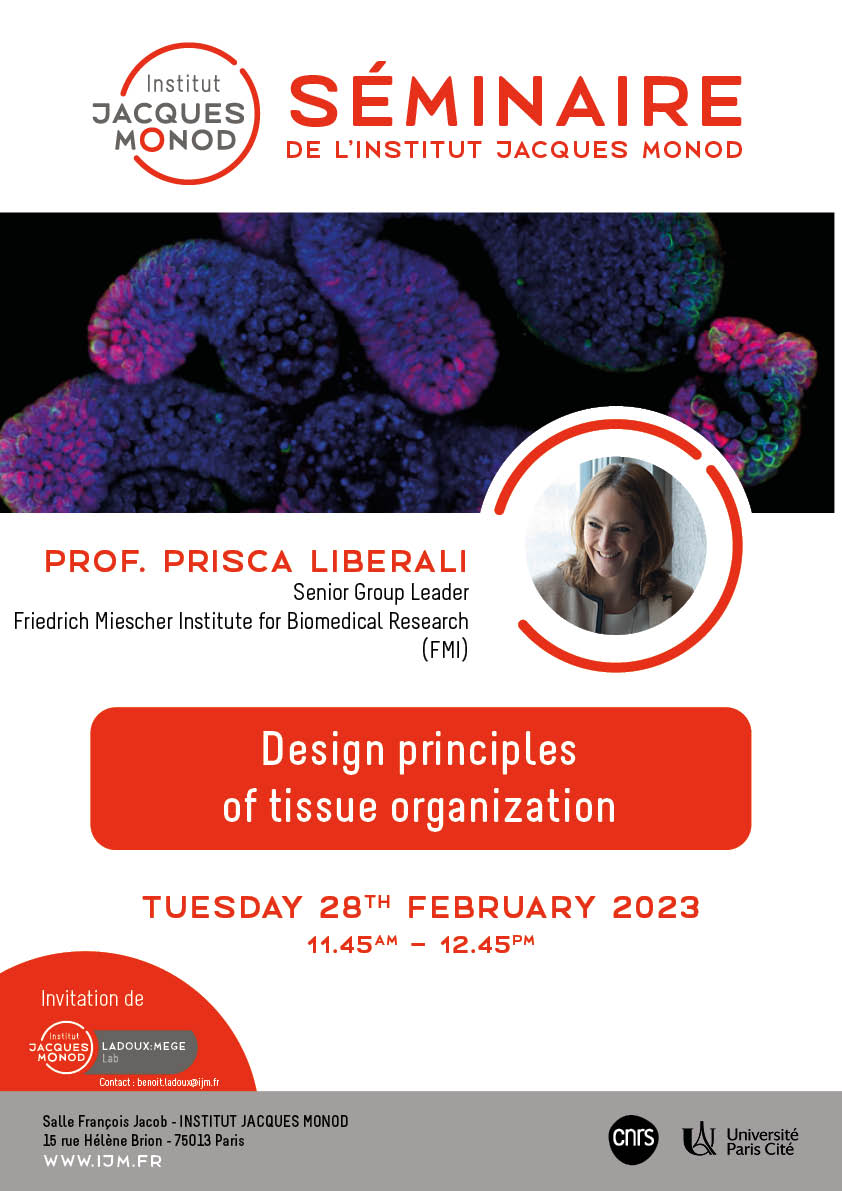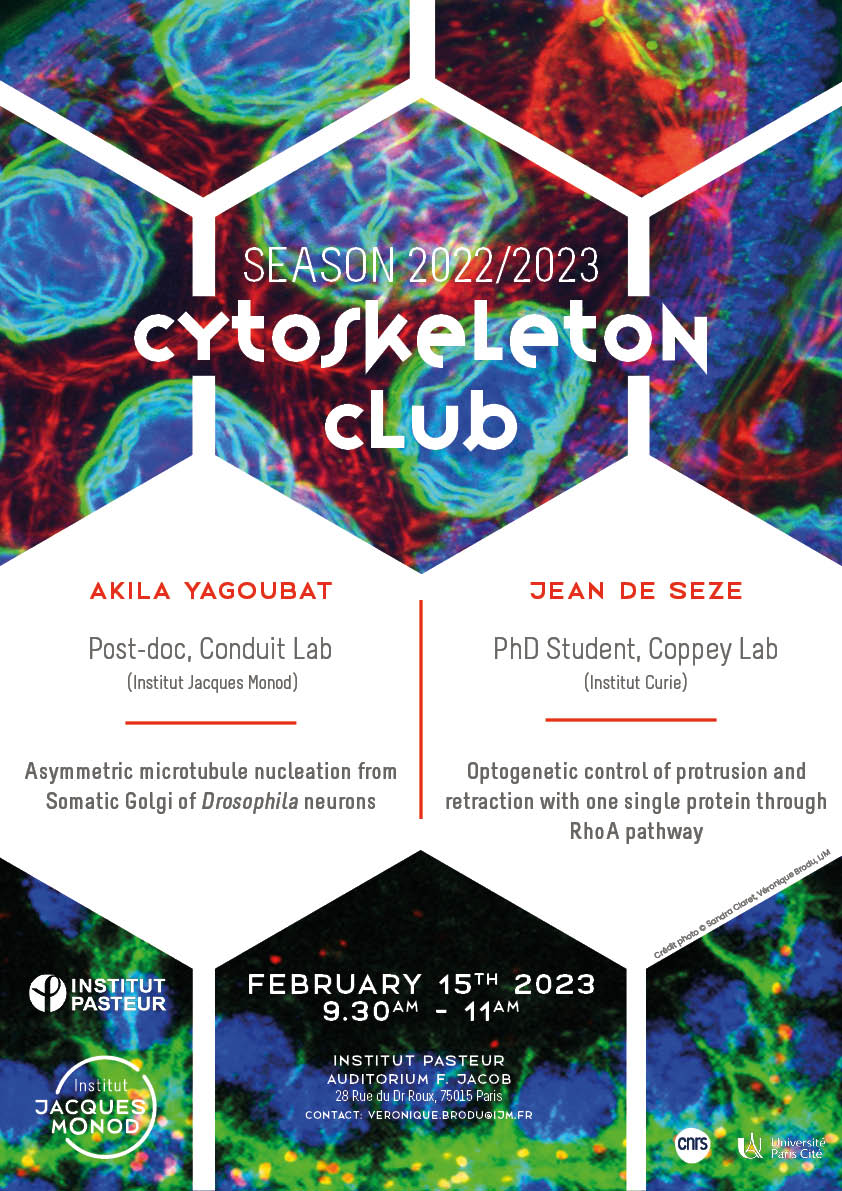Invited by Nicolas Minc, Matteo Rauzi (Université Côte d’Azur, CNRS, Inserm, iBV, Nice, France) will give an IJM Seminar entitled:
Composite morphogenesis: how can a tissue fold and extend at the same time
During embryo development, epithelia can undergo different shape transformations. While these changes can be sequential, and thus driven by specific sequential cellular mechanisms,…











